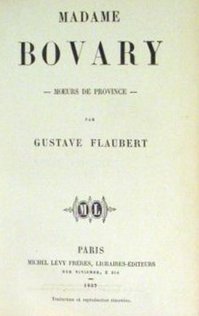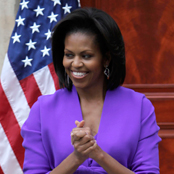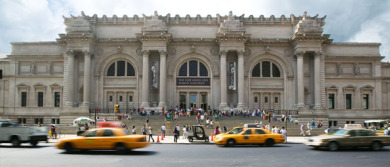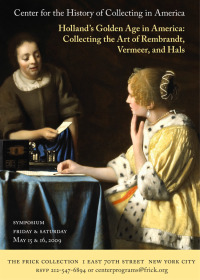Henry Hudson, working for the Dutch East India Company, first sailed into the river now named for him 400 years ago this September, leading to the founding of New Amsterdam/New York. I’m sure New York would have celebrated the occasion, but probably not as comprehensively as it is doing had not the government of the Kingdom of the Netherlands stepped up to the plate. You can see what I’m talking about by looking at the website created for the occasion, called NY400. Many (most?) events involve the arts.
One, twin photography exhibitions in New York and in Amsterdam, is delightfully creative — a contemporary way to celebrate the connection between New Yorkers and the Dutch.
For NY Perspectives, presented by Foam_Fotografiemuseum and the City Archives of Amsterdam, where it is already on view and will remain so until Aug. 23rd, four New York photographers were enlisted to shoot Amsterdam. Each was given a theme: water, the outskirts of the city, the pedestrian, and night.
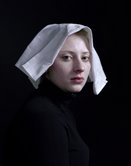 In Dutch Seen: New York Rediscovered, which opens at the Museum of the City of New York on June 10 and includes the image at left, the reverse happened: 12 Dutch photographers snapped New York.
In Dutch Seen: New York Rediscovered, which opens at the Museum of the City of New York on June 10 and includes the image at left, the reverse happened: 12 Dutch photographers snapped New York.
Besides being a great idea — it’s a model international exchange — the results I’ve seen look very interesting.
[Read more…] about Celebrating Henry Hudson the Contemporary Way

